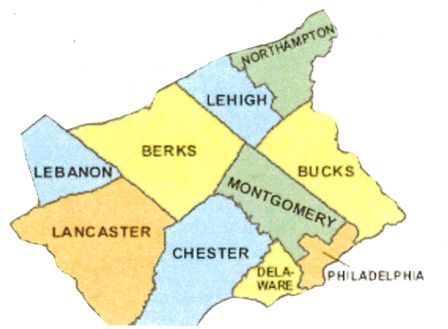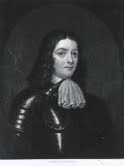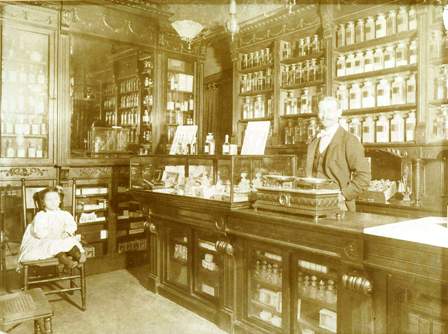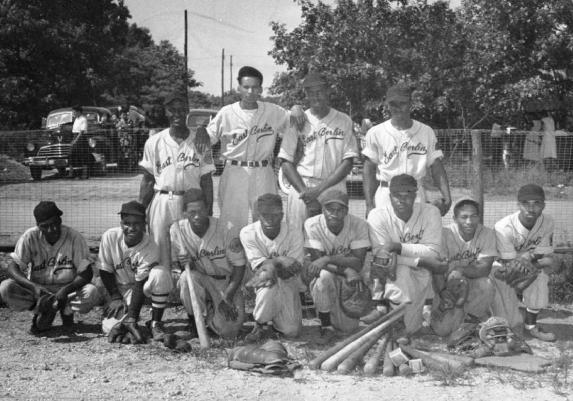The region is comprised of 10 counties: Berks, Bucks, Chester, Delaware, Lancaster, Lebanon, Lehigh, Montgomery, Northampton, and Philadelphia.
The three original counties, created by William Penn in 1682, include Philadelphia, Bucks, and Chester. Some 50 years later the next county – Lancaster – was carved out of Chester County in 1728. Berks County was formed from Chester, Lancaster, and Philadelphia counties in 1752 and the same year Northampton County was created from Bucks County.
In 1784 Montgomery County was carved from Philadelphia, and in 1789 Delaware County was formed from Chester.Lehigh County was created from part of Northampton County in 1812, followed by Lebanon County in 1813, which was created from Dauphin and Lancaster counties.
When searching for records during these time periods it is good to keep in mind these changing county formation dates. The farms didn’t move; the boundaries around them did!
HISTORY
In the early 1600’s, European explorations by English, Dutch, and Swedish were limited to the Delaware River area, and the Swedes founded the first permanent European settlement on Tinicum Island, located just south of Philadelphia. In 1681 William Penn was granted the rights to almost the entire area of present-day Pennsylvania. Penn’s “Holy Experiment” promised a settlement of religious freedom based on his Quaker beliefs. Most of these early setttlers came from England and Wales seeking relious freedom, as did French Protestants called Huguenots.
By the mid 1700’s Philadelphia was the largest city in the colonies, and became the setting for the First Continental Congress. In 1776 the Declaration of Independence was written and the seeds of the Revolutionary War planted, and by 1781 when the war had ended, delegates met again to form a new government and create the United States Constitution.
In 1800 the nation’s capital moved from Philadelphia to Washington D.C., but Philadelphia and the surrounding counties remained the cultural center of the young country. The first wave of immigrants to this region – English and Welsh – settled in the original counties of Philadelphia, Bucks and Chester. Typically, they belonged to the Episcopal, Methodist, or Baptist churches.
A second large wave of immigrants, the Germans, were primarily Lutherans or members of Reformed churches who settled in Philadelphia and its surrounding farmlands; others relocated from New York down the Susquehanna River to present-day Lancaster County. Among these early immigrants many belonged to sects, such as the Amish or Mennonites. Other sects included Moravians, who set up settlements in Northampton and Lancaster counties in the 1740’s, and German Baptist Bretheren and Schwenkfelders.
The southeastern Pennsylvania region encompasses several river valleys. Philadelphia and the immediate counties of Bucks, Chester, Delaware, and Montgomery are often referred to as “the Delaware Valley.” Likewise, Lehigh and Northampton counties are called “the Lehigh Valley,” which includes Allentown, which is now the third largest city in the state. Counties such as Berks, Lebanon and Lancaster are known collectively as “Pennsylvania Dutch Country,” where historically the Pennsylvania German language was common, and this area still has a high percentage of Amish, Mennonite and “Fancy Dutch” residents.
The southeastern Pennsylvania region is blessed with rich, fertile farmlands and a climate that is optimum for abundant agricultural yields and has long been known as part of the Pennsylvania Piedmont Plateau.
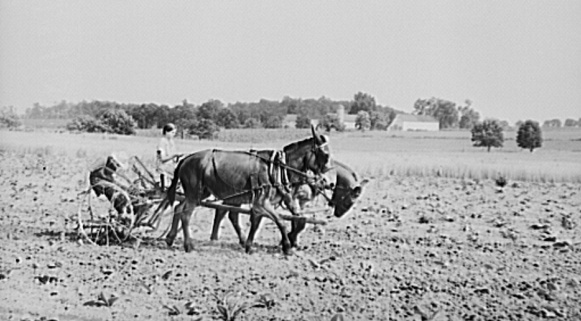
(Photo courtesy Library of Congress, Farm Security Administration, LC-USF34-040064-D. Photographer, Dick Sheldon)
Many of the original agricultural settlers were German immigrants who built their homes in what is now Berks, Lebanon and Lancaster counties. Following the Germans was a wave of Scots-Irish Presbyterians who, like the German immigrants, brought with them their customs and religions, and shaped the wilderness of Pennsylvania as they settled and raised families.
Over the years thousands of immigrants made their way into other areas of Pennsylvania through the port of Philadelphia, which was often a place to regroup for those whose destinations were further north or west; many Irish and Polish immigrants headed for the coal mines in the northeast, or the steel mills of Pittsburgh, almost immediately after arriving. Many immigrants also stayed in the Philadelphia region where an abundance of manufacturing, publishing, textile, railroad and other smaller industries offered employment.
Philadelphia also drew thousands who had an interest in the healing arts. Numerous medical institutions were founded in the city; Pennsylvania Hospital in 1751, College of Physicians in 1787, Thomas Jefferson University Hospital in 1824 and Women’s Medical College ca. 1850.
Most of these larger institutions survive today, but some have merged with others. And as seen in the image of the pharmacy, right, there were also numerous local businesses associated with the medical fields. This image of a pharmacy located at 25th and Meredith Streets in Philadelphia was taken ca. 1893 and includes Mr. John Roy Muir (1867-1949) and his only daughter Eleanor Soby Muir Hobson (1890-1978).
During the late 19th and early 20th centuries as thousands of immigrants from Eastern and Southern Europe continued to stream into the port cities on the East Coast of the United States, another type of migration was also underway; The Great Migration from the South.
African Americans from the rural South made their way into northern cities in search of the same possibilities for a better life that drew immigrants from all other areas of the world, and sought jobs with long established manufacturing industries. Steady employment, affordable housing, varied educational choices for their children drew these migrants as it did many others.
World War I forced immense changes on American society at every level, and while immigration from Europe was severely curtailed during these years, the demands the war machine placed on industrial resources and manpower, both stateside and as part of the fighting forces, remained high. Pennsylvanians of every ethnicity and color, whether recently arrived from Italy or South Carolina, stepped up to do their part.
Pennsylvania has been home to many pockets of immigrant communities during the last 300 years, and the southeast region of the state became the place where many of our ancestors rooted their families. Whether farmers, barbers, railroad workers, tool and die pattern makers or grocers, they built their lives, raised their children, worshiped in their churches and in so doing documented their everyday milestones. And it is those documents which every family historian seeks.
GSP welcomes your suggestions, knowledge and guidance to genealogical resources within any area of Pennsylvania in which you live and do your own research. If you have information to share about local societies or repository resources, historical knowledge of the local area, or any other relevant genealogical information that could help people find their ancestors, please contact GSP so we can add this information to the County page. Thank you!
Thank you to Jane Benner for her contribution to this page!
Map image credit: Southeast Pennsylvania map image courtesy of www.digital-topo-maps.com
Photo credit: Dick, Sheldon, photographer. Farmer at work. Lancaster County, Pennsylvania. Pennsylvania Lancaster County United States, 1938. July. Photograph. https://www.loc.gov/item/2017790363/.
Photo credit: Thanks to Susan Abramson for contributing the pharmacy image. John Roy Muir was Susan’s great-grandfather.
Photo credit: Thanks to Shamele Jordon for contributing the image of the New Jersey Athletic Club. Shamele’s Grand Dad Sonny Toomer, and her Great Great Uncles Albert and Nathaniel Toomer played for this club. The boys were born in Philadelphia where the family lived on Nectarine Street until moving to East Berlin NJ.



